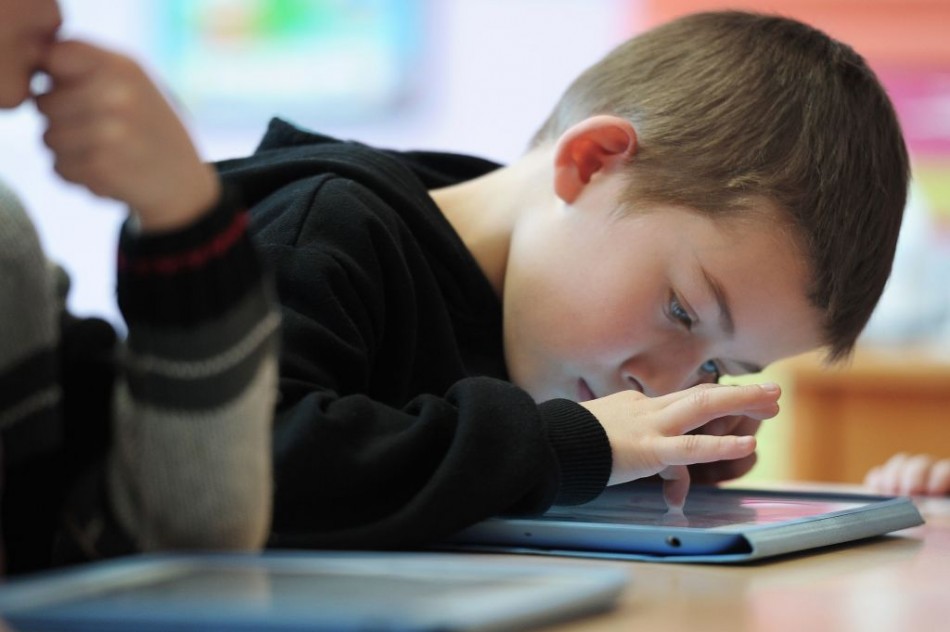Doctors See Scoliosis in Kids on the Rise; What Parents Must Know

Dr. Nick Fletcher of the Children's Healthcare of Atlanta said that scoliosis in kids generally accounts for two to three percent of the three million cases diagnosed every year in the U.S. However, screenings in schools, as well as regular visits to the pediatrician, have been scaled back due to the pandemic for the last two years.
Thus, a number of children at risk for scoliosis have developed larger curves that could have had an early intervention. Fletcher said that parents commonly respond with shock upon learning the extent of their children's scoliosis and wonder how they have missed the signs.
Leigh Davis, a Children's Certified Prosthetists Orthotists at the same hospital in Atlanta, said that there are more young patients with poor posture and back pain because of the lack of activities during the lockdowns and restrictions. Children are also developing a "tech neck" from their increased use of devices.
Read Also: Showjumping Star Sues for Wrongful Conception; Believes She Should Not Have Been Born
Signs, Causes of Scoliosis in Kids
While common in children, especially during the growth spurt ages of 10 to 12 years old, scoliosis in kids can be managed and corrected. Only a small number of patients are required to undergo treatments, such as bracing or surgery if diagnosed in the early stages. Most patients will likely need physical therapy.
According to Johns Hopkins Medicine, the most common sign of scoliosis is noticeable uneven hips or shoulders. Kids could also exhibit ribs that may stick out on one side of their body or muscles that bulge on one side of their lower back. The child may not feel any physical pain at all but they will notice the unevenness when they change clothes or bathe.
More than 80 percent of cases are known as idiopathic scoliosis, which means that the cause cannot be determined. The rest of the cases are congenital scoliosis, which develops in the children before they are even born, or neuromuscular scoliosis, which happens due to a spinal injury or disorders like cerebral palsy or spina bifida. In some cases, scoliosis could be hereditary.
Dr. Paul Sponseller, a pediatric orthopedic expert, said that some parents might blame the condition on their kids' bad posture or use of heavy backpacks. However, Sponseller said these actions may be linked to problems with the spine and the back but they are not the causes of scoliosis.
Fletcher also said that kids with developing scoliosis might experience pulmonary issues as well. The doctor added that undetected and unmanaged scoliosis could begin causing discomfort, pain and even problems with the body's vital organs.
Thus, it's important for parents to be observant of their children. As a dad, Fletcher said he checks his kids' back every four to six months.
Preventing Scoliosis in Kids
Since the cause of most scoliosis is not known, doctors do not have any advice on prevention. However, good posture and working out to strengthen the body's core, could slow down the progression of the curves or even make scoliosis a lot more manageable.
Monitoring by a specialist may also be necessary for kids with mild scoliosis. On the other hand, it's better for children, who might require the surgery to insert rods in the spine, to undergo the procedure while they are still young to facilitate faster healing.
Related Article: Mom Warns Parents of Trampoline Risks After Teenage Daughter Gets Injured
- Headline 25%
100% unique
KW Scoliosis in kids
Page Title score (85)
Meta description score (100)
Content score (85)
© 2024 ParentHerald.com All rights reserved. Do not reproduce without permission.
